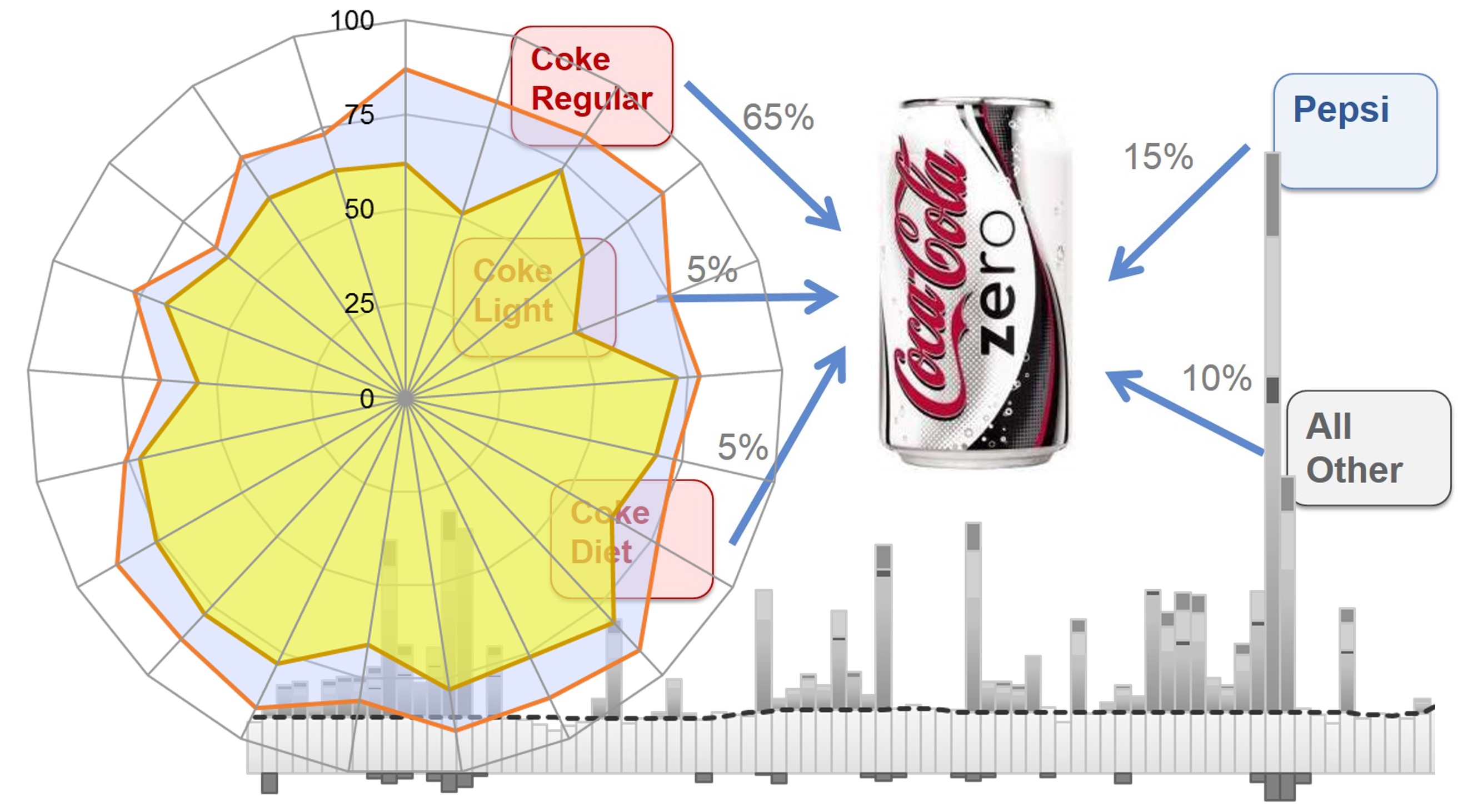-
Advertising Analytics
Advertising Analytics
Audience Measurement
OTT Services
Internet Protocol TV
Return Path Data
Viewer Analytics
Gross Rating Points
Digital Audience Measurement
Total Audience Measurement
Copy Testing
Testing Advertising Online
Advertising Tracking
Continuous vs. Dipstick
Tracking Questionnaire
Advertising Engagement
Behavioural Engagement
YouTube Analytics
Attitudinal Engagement
Branded Memorability
Persuasion
Uniqueness
Likeability
Image and Symbolism
Involvement
Communication
Emotion
Case — Molly LFHC
Awareness Index Model
- How Advertising Works
- Advertising Analytics
- Packaging
- Biometrics
- Marketing Education
- How to Choose the Right Marketing Simulator
- Self-Learners: Experiential Learning to Adapt to the New Age of Marketing
- Negotiation Skills Training for Retailers, Marketers, Trade Marketers and Category Managers
- Simulators becoming essential Training Platforms
- What they SHOULD TEACH at Business Schools
- Experiential Learning through Marketing Simulators
-
MarketingMind
Advertising Analytics
Advertising Analytics
Audience Measurement
OTT Services
Internet Protocol TV
Return Path Data
Viewer Analytics
Gross Rating Points
Digital Audience Measurement
Total Audience Measurement
Copy Testing
Testing Advertising Online
Advertising Tracking
Continuous vs. Dipstick
Tracking Questionnaire
Advertising Engagement
Behavioural Engagement
YouTube Analytics
Attitudinal Engagement
Branded Memorability
Persuasion
Uniqueness
Likeability
Image and Symbolism
Involvement
Communication
Emotion
Case — Molly LFHC
Awareness Index Model
- How Advertising Works
- Advertising Analytics
- Packaging
- Biometrics
- Marketing Education
- How to Choose the Right Marketing Simulator
- Self-Learners: Experiential Learning to Adapt to the New Age of Marketing
- Negotiation Skills Training for Retailers, Marketers, Trade Marketers and Category Managers
- Simulators becoming essential Training Platforms
- What they SHOULD TEACH at Business Schools
- Experiential Learning through Marketing Simulators
Audience Measurement
Audience measurement is the process of gathering and analysing data about the individuals who consume advertising content across various media platforms, such as digital or online platforms, TV shows, radio programs, magazines and newspapers. The aim of audience measurement is to understand the size, demographics, behaviours, and preferences of the audience for a specific media outlet or advertising campaign.
Audience measurement data is used by media owners, publishers, advertisers, and marketers to make informed decisions about content creation, distribution, and advertising strategies. It is also used by media owners and publishers to set advertising rates.
This information is typically collected through surveys, audience panels, and digital tracking technologies.
TV viewership is typically measured by means of a a small electronic device hooked to the TV, called the people meter. The device records and reports which programme is being watched when the TV is switched on. It is accompanied with a remote control with push buttons allotted to each member of the household, so that individuals may identify themselves when they are viewing the TV.
The key disadvantage of the people meter is that it involves the viewer’s proactive involvement, though to a much lesser extent than the traditional diary method. Newer audience measurement methods are based on hypersonic facial recognition technologies. These solutions combine biometric authentication and neural network processing to passively detect and identify viewers.
Similar to the identification method used by smartphones, passive people meters identify individuals based on the spacing and contour of eyes, nose, ears, lips, chin and other facial features.
The incorporation of facial recognition technology into TVs started around 2012. These smart devices, which come with built-in camera and facial and voice recognition software, can recognize individuals, and turn on the channels and web applications that they like. The potential to apply this technology to track audiences more accurately and at lower costs, has existed ever since.
The portable people meter (PPM) is the ratings currency used for measuring audio. PPM panellists carry pager-like devices that record the audio they listen to throughout the day, providing comprehensive and accurate data on audience listening habits.
Developed by Arbitron (now Nielsen Audio), the PPM measures audiences exposed or listening to the wide array of media channels including radio and television. It detects hidden audio tones within a network’s audio stream, logging each time it finds such a signal. These masked audio tones are subliminally inserted into the audio feed via an encoder.
PPM meters use cellular telephone technology to transmit the data to the research agency’s servers.
Previous Next
Use the Search Bar to find content on MarketingMind.
Marketing Analytics Workshop

In an analytics-driven business environment, this analytics-centred consumer marketing workshop is tailored to the needs of consumer analysts, marketing researchers, brand managers, category managers and seasoned marketing and retailing professionals.
Digital Marketing Workshop

Unlock the Power of Digital Marketing: Join us for an immersive online experience designed to empower you with the skills and knowledge needed to excel in the dynamic world of digital marketing. In just three days, you will transform into a proficient digital marketer, equipped to craft and implement successful online strategies.
Contact | Privacy Statement | Disclaimer: Opinions and views expressed on www.ashokcharan.com are the author’s personal views, and do not represent the official views of the National University of Singapore (NUS) or the NUS Business School | © Copyright 2013-2024 www.ashokcharan.com. All Rights Reserved.





